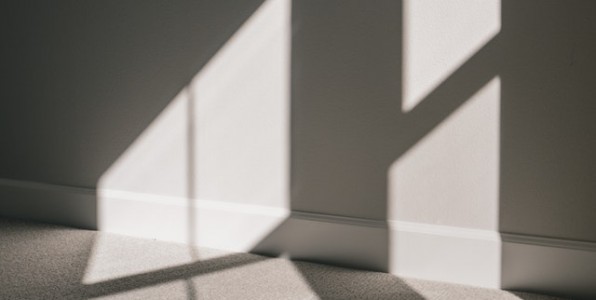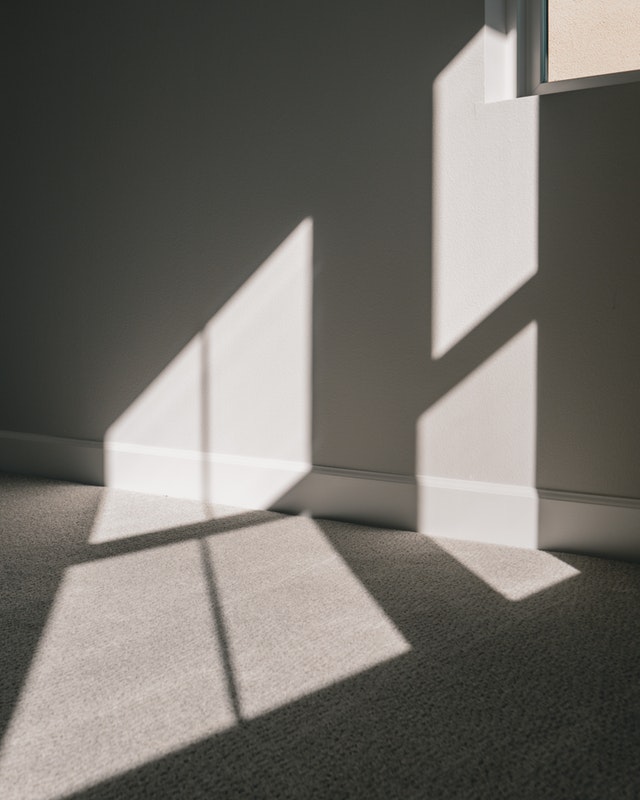Skirting Board Styles

Skirting Board Styles

Skirting boards can be used to create architectural designs. Design and style is a necessity for the home. However, many people don’t know why. These can be overlooked, but they are a very important feature. Notice if they aren’t there. Also, notice if your skirting board style isn’t chosen correctly. Boards that are careful with their mistakes can make them very visible and persistent.
Which style of skirting do you prefer?
There are many different styles of skirting boards. These are often used in modern homes as recessed skirting. Shadow gaps. These areas require a lot of planning, even when you are building. The home is not conducive to the type of lifestyle you want. We are having a discussion here, ie. When renovating an We can help you with basic home improvement projects or property management. We are therefore Faced with the choice of contemporary skirting boards or traditional ones? period skirting boards.
Modern homes often have a modern skirting board. It will work if it is simple, minimalist, and with minimal detail. It is possible that period skirts will also work if you mix in color. Furniture to complement it. This is not a good idea. It is the opposite. A contemporary skirt will not work in a Period homes that have dado rails, door architrave or door architrave. It is all about finding the right balance. Victorian and Georgian homes are often tall and open. Rooms can sometimes reach 3 metres or more high, and Edwardian homes have rooms. Contemporary homes are not as large and the rooms in them are smaller. Still, they average around 2.4m tall or less. No matter what style, they are all about 2.4 metres tall. Your home is important, but the most important factor is to make sure your skirtings match. The room size should be taken into account. High skirts are not necessary in a shorter length. For example, a room with short skirts and a small waist will make it look a little too big. In a tall space, it is not necessary.
No matter what period of modern or traditional skirting you choose, You must be consistent with your choices. It is unlikely that you will get away with your choices. Mixing and matching in different rooms or adjacent areas. Corridors are not to be found in the same space. This is why you will need to Also, consider architrave and coving as well as dado rails. Different period The curves, ridges, and other characteristics of skirting can make it very distinct. Moldings are very difficult to remove. Combine the two styles.
Skirting boards can be used to create architectural designs. Design is a necessity for the home. However, many people don’t know why. These can be overlooked, but they are a very important feature. Notice if they aren’t there. Also, notice if your skirt isn’t chosen. Boards that are careful with their mistakes can make them very visible and persistent.
What are the different types of skirting boards?
There are many skirting options, but the most popular ones are bullnose (chamfered), ogee and torus.
- Bullnose skirting boards. The simplicity of bullnose skirting boards is beautiful. You can find more information here.
- Chamfered skirting boards …
- Ogee skirting boards. …
- Torus skirting board
What is the most popular skirting board style?
The most common standard skirting profile is The Torus skirting board. There are a few variations of this classic design that you can choose from in different heights and thicknesses. The Ogee, Mini Bullnose, and Bullnose are all popular skirting boards designs.
What is the best type of skirting?
MDF is easy to install, and it’s readily available pre-primed and pre-finished. MDF is resistant to swelling and warping, so it’s an easy-to-install option.
Should skirting boards and doors match?
It is a good rule of thumb to follow: Your skirting boards should be the same color as your walls….. The architrave is the frame around a window or door, and skirting is the board that runs along the floor and bottom of a wall.
Comments are closed